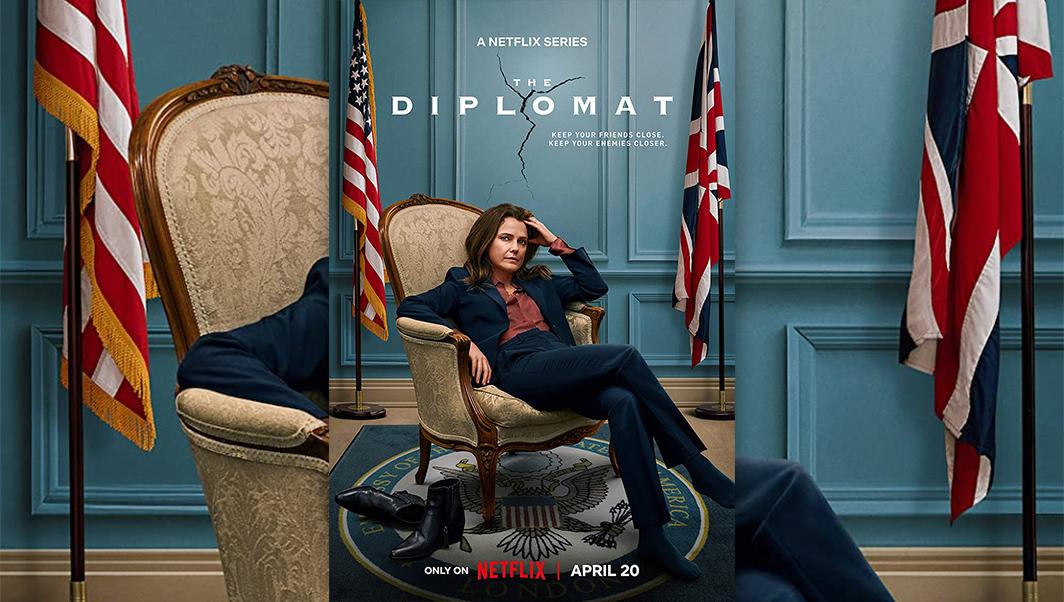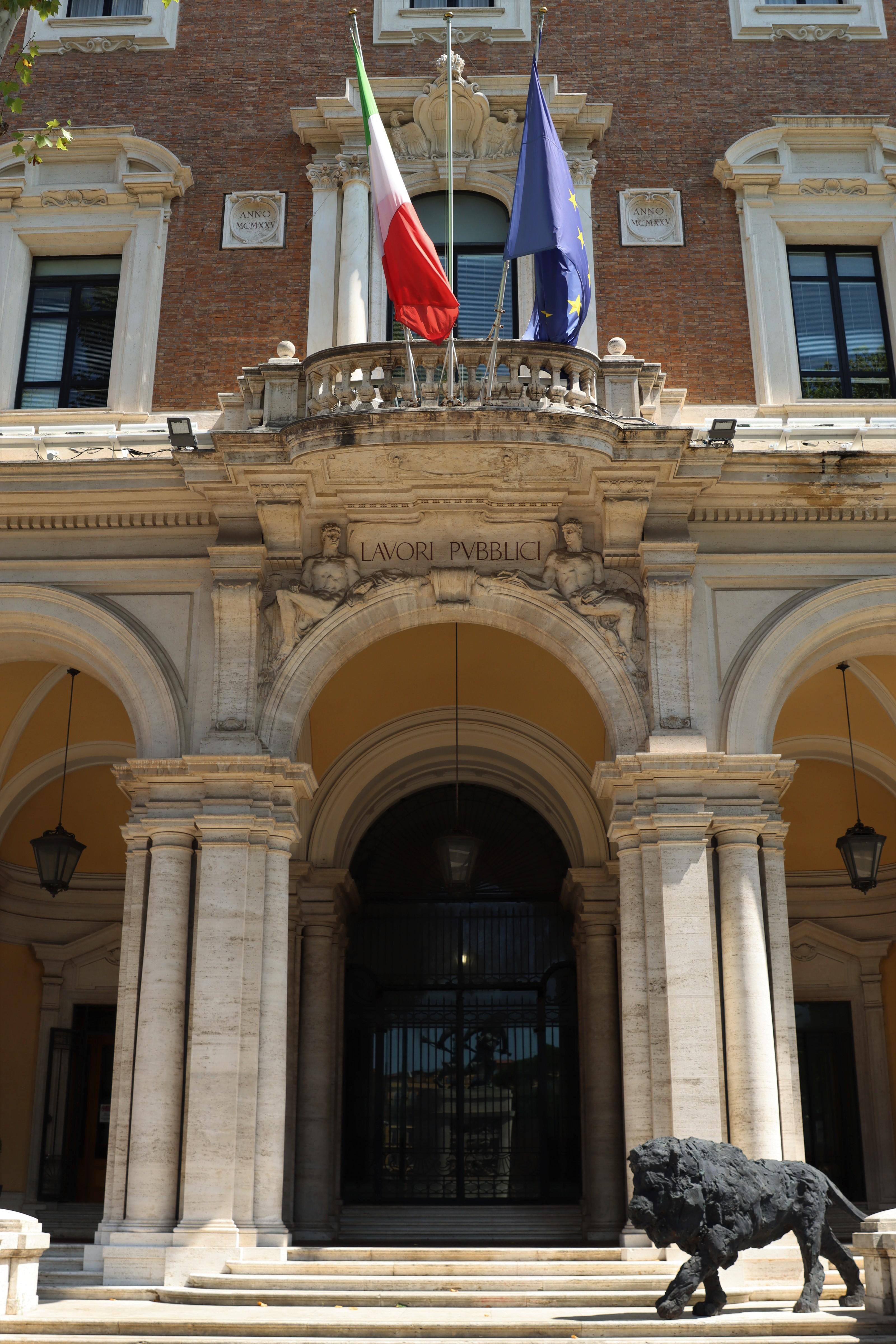In the hushed corridors of international diplomacy, where whispered negotiations and strategic alliances shape the fate of nations, the world of “The Diplomat” comes alive with riveting intensity. This gripping series peels back the curtain on the high-stakes realm of global politics, inviting viewers into a labyrinth of power plays and moral dilemmas. Yet, beneath the polished veneer of statecraft lies a web of personal stories and untold tensions that simmer just out of sight. As we delve into the making of “The Diplomat,” we uncover the intricate dance between art and reality, exploring how the creators weave a tapestry of intrigue that mirrors the complexities of our own world. Join us on this journey behind the scenes, where the lines between fiction and reality blur, and the true essence of political tension is brought to life with warmth and insight.
Unveiling the Intrigue: A Closer Look at Political Maneuvering
In the world of diplomacy, where words are as potent as weapons, the series “The Diplomat” delves into the intricate dance of political maneuvering. The show masterfully portrays the delicate balance between power and vulnerability, offering viewers a glimpse into the often unseen strategies that define international relations. With each episode, the narrative unfolds like a chess game, where every move is calculated, and every gesture is laden with significance.
Key Elements of Political Maneuvering in “The Diplomat”:
- Subtle Persuasion: Characters employ charm and wit to influence decisions, demonstrating that sometimes the softest voice carries the most weight.
- Strategic Alliances: The formation and dissolution of alliances highlight the fluid nature of political loyalty, where today’s ally might be tomorrow’s adversary.
- Hidden Agendas: Behind every diplomatic smile lies a web of hidden motives, showcasing the complexity of trust in high-stakes negotiations.
As the plot thickens, viewers are drawn into a world where every conversation is a potential turning point, and the stakes are nothing less than global peace. “The Diplomat” not only entertains but also educates, inviting us to ponder the real-world implications of the artful dance that is political maneuvering.

Navigating the Storm: Key Players and Their Hidden Agendas
In the intricate web of international diplomacy, the power players often operate behind a veil of secrecy, their true motives obscured by the public facade. Within the realm of “The Diplomat,” these key figures are no exception, each maneuvering with precision to further their own hidden agendas. At the heart of this geopolitical chess game, several influential individuals stand out, wielding their influence in unexpected ways.
- The Master Negotiator: Known for their silver tongue and ability to broker deals in even the most volatile situations, this player thrives on the art of compromise. Yet, beneath the surface, their ultimate goal may not align with the peace they publicly advocate.
- The Shadow Strategist: Operating from the shadows, this individual pulls strings with a subtlety that often goes unnoticed. Their agenda is not always clear, but their impact is undeniable, shaping events to suit their long-term vision.
- The Idealist: Driven by a vision of a better world, this player often clashes with the more pragmatic forces at play. However, their unwavering commitment to their ideals can sometimes mask a more personal ambition lurking beneath.
These figures, with their complex motivations and clandestine operations, create a dynamic landscape where every move is calculated, and every alliance is scrutinized. As they navigate the stormy waters of international relations, their true intentions remain a mystery, leaving us to wonder who truly holds the reins of power in this high-stakes drama.

Bridging Divides: Strategies for Diplomatic Success
In the intricate world of diplomacy depicted in “The Diplomat,” understanding the nuances of bridging divides is crucial for achieving diplomatic success. The series offers a fascinating look into the strategies employed by diplomats to navigate political tension and foster cooperation between nations. At the heart of these strategies is the art of negotiation, where diplomats must be adept at finding common ground while maintaining their nation’s interests.
- Active Listening: Diplomats in the series demonstrate the power of truly listening to opposing viewpoints. By understanding the concerns and motivations of other parties, they can craft solutions that are mutually beneficial.
- Cultural Sensitivity: Recognizing and respecting cultural differences is portrayed as a key strategy. This involves adapting communication styles and being mindful of cultural norms, which can help build trust and open channels for dialogue.
- Creative Problem Solving: The characters often employ out-of-the-box thinking to resolve conflicts. By approaching problems from new angles, they are able to devise innovative solutions that might not be immediately apparent.
Moreover, the series highlights the importance of building personal relationships. Behind closed doors, the informal interactions between diplomats can be just as critical as official negotiations. These personal connections can serve as a bridge during times of crisis, providing a foundation of trust that formal channels may lack. Through these strategies, “The Diplomat” showcases the delicate balance of tact, empathy, and strategic thinking required to navigate the complex landscape of international relations.

Cultivating Peace: Recommendations for Future Negotiations
In the high-stakes world of diplomacy, where every word and gesture can sway the tides of international relations, fostering an environment of peace requires more than just skilled negotiators. It demands a holistic approach that prioritizes understanding and empathy. Here are some key recommendations for enhancing future negotiations:
- Embrace Cultural Sensitivity: Understanding the cultural nuances of each party involved can pave the way for more effective communication. This involves not just language translation, but a deep appreciation of cultural values and traditions.
- Prioritize Active Listening: Often, the most critical insights are gleaned not from what is said, but from what is left unsaid. Encourage negotiators to practice active listening, which involves fully concentrating, understanding, and responding thoughtfully.
- Leverage Technology: In today’s digital age, technology can be a powerful ally in negotiations. Utilize virtual reality simulations and AI-driven analytics to anticipate challenges and strategize solutions.
Creating a peaceful dialogue is an art that blends patience, respect, and innovation. By integrating these strategies, future negotiations can transcend mere conflict resolution and evolve into a platform for building lasting global partnerships.


